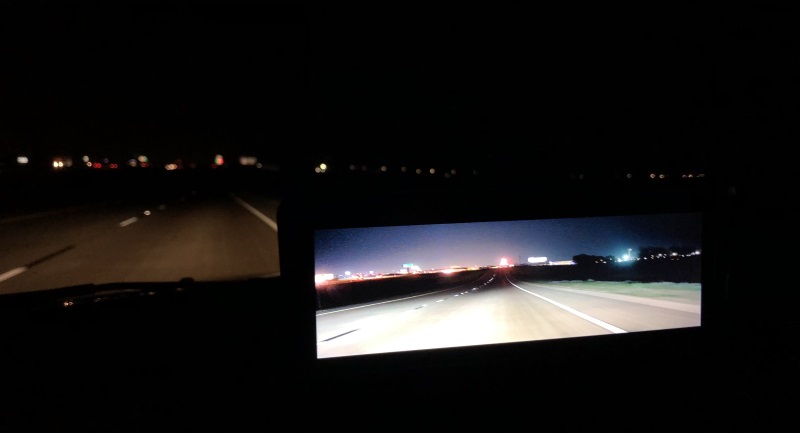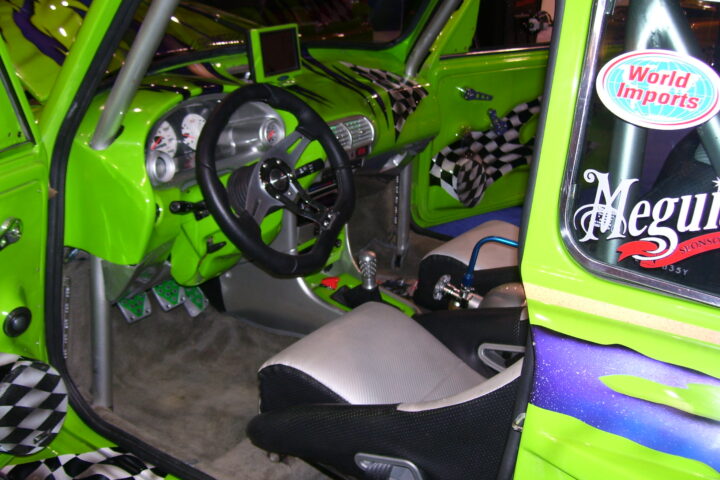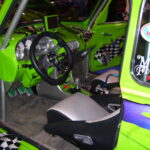When I first saw the Lanmodo Night Vision System online I was intrigued, having moved from the urban sprawl that is the Los Angeles area to a small country town in Texas, I find myself driving on dark country roads often and I liked the idea of increasing visibility. So I ordered one on Amazon to see if this $499 plug-and-play night vision can stack up to its online claims.
When the unit arrived I was impressed with the overall packaging and presentation, it comes ready to go out of the box, even including small screwdriver so you can mount the unit to the dashboard mount without having to open your toolbox. Included are two power cables, one that plugs into the standard “cigarette lighter” and another that plugs into the OBD-II port. One long connector cable that connects the power supply to the unit, the suction cup mount, dash mount, and the unit itself. There is also an option to add a rear-view camera as well for $100 more.
Because of the way my dash is shaped I opted to use the suction cup mount which simply screws to the unit’s mounting point. The suction cup mounts the unit securely and is very good quality. The dash mount requires the use of the provided screwdriver and has a non-slip pad that keeps it from moving once placed on the dashboard.
I was impressed with the quality of the unit and the components that were included. Everything seems well built and the screen and camera are very good. Something that stood out about the product is the simplicity, it is truly plug-and-play. No app to download, no connecting it to a computer to set up, just mount it, connect it to power, and start using it.
The system uses a Sony MCCD photosensitive chip, a 28mm glass HD lens, and a 1080P high-resolution display screen. According to Lanmodo it is also designed to live on the dashboard and can work in both extream cold and heat so it should be able to survive the Texas weather.
The range of the camera at night is 300 meters or just under 1,000 feet, according to National Highway Traffic Saftey Administration (NHTSA) the average car has around 160 feet of visibility with low beams and around 350 feet with high beams while the National Association of City Transportation Officials (NACTO) points out that the average driver performs an emergency stop from 60mph in about 302 feet. With visibility between 160-350 feet at night in ideal conditions, you can see how any increase in visibility means increased safety.
I got the unit mounted to the windshield, waited for it to get dark and took it down some of the darkest roads in the area to test it. The unit turns on with a single on and off switch, the only other settings are color/black and white, screen rotation, and screen brightness. I dialed in the brightness to my liking and started driving.
The system isn’t a night vision system like you see in the movies, the screen in full color not shades of green, it is not a thermal vision system which sees body heat, this system simply enhances the available be it from your headlamps or the ambient light and gives you a brighter clearer picture of what is ahead. So if there is zero light it won’t work, but as you can see in the picture below the system works in near pitch-black conditions.
























